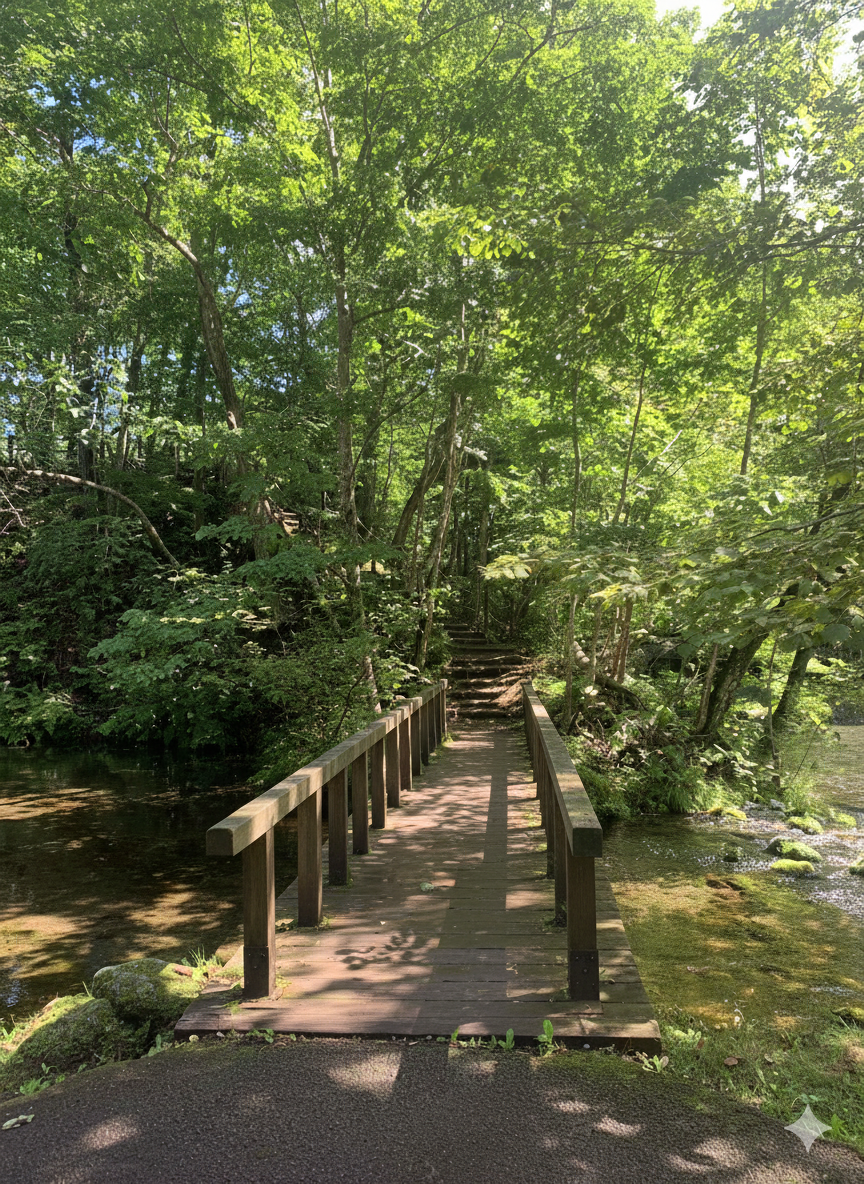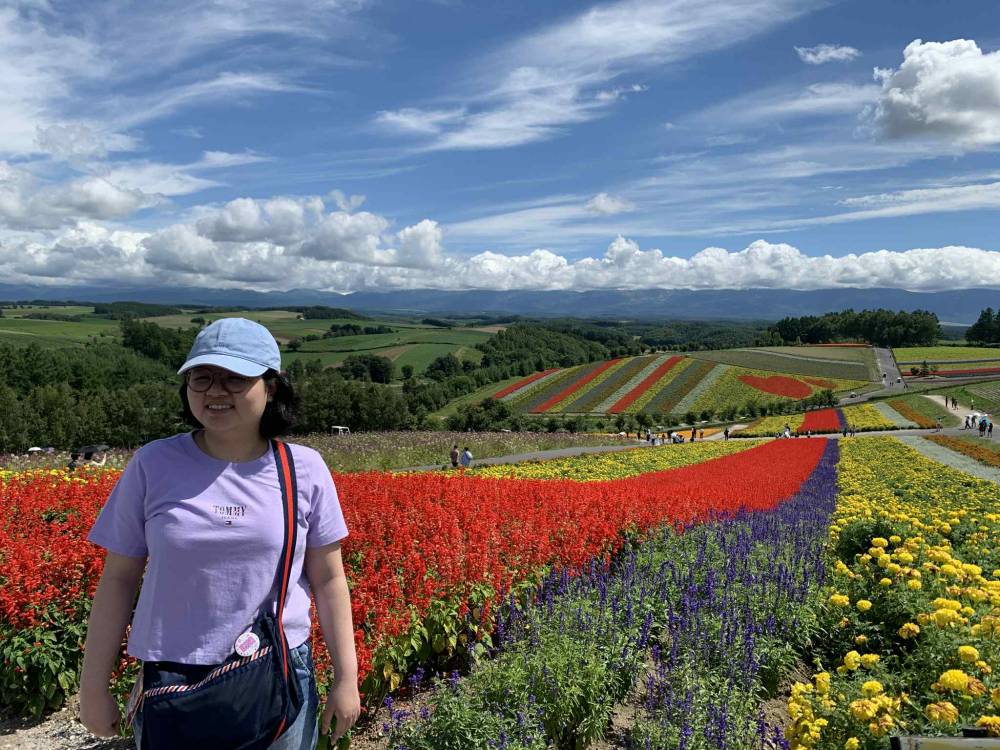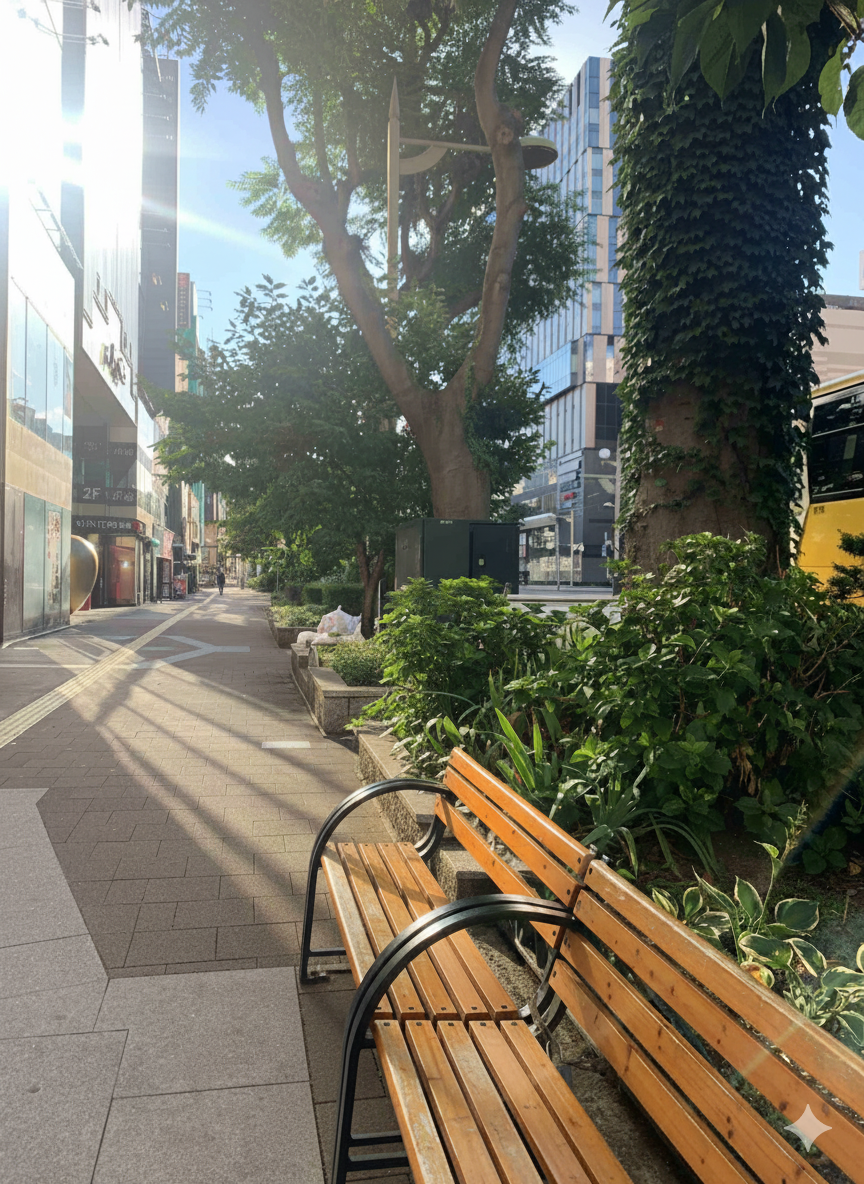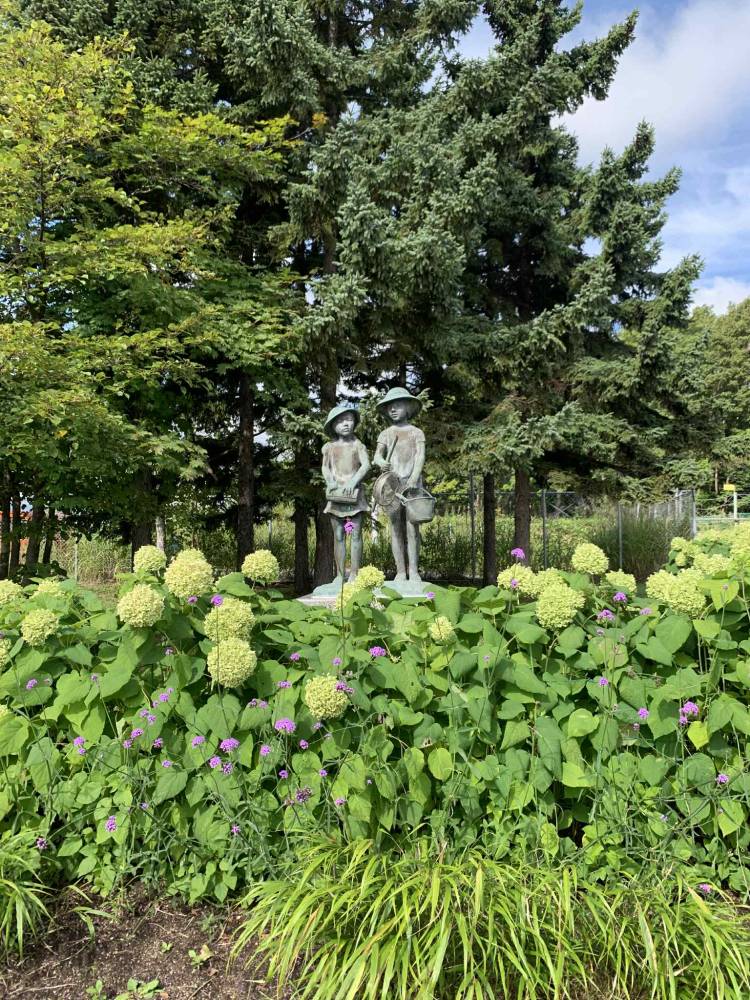Nature as neighbor: Reflections on living close to what sustains us

Our recent family trip to Hokkaido, Japan left a quiet but lasting impression.
I saw the seemingly effortless way nature is woven into daily life, with trees lining narrow streets, small vegetable gardens growing beside modern homes, and people walking or biking calmly through neighborhoods that seem to breathe with the landscape. It isn’t grand or showy. It’s the result of thoughtful choices that allow people and nature to coexist in harmony.
That experience made me reflect on how our own communities can do the same. The photos we took—tree canopies, pocket gardens, and simple walkways—became gentle reminders of what’s possible when we design spaces that invite nature in, rather than shutting it out.

Where health begins
Nature isn’t a luxury—it’s something our bodies quietly depend on.
Studies from the University of Washington’s Green Cities: Good Health project found that spending just 20 to 30 minutes outdoors—walking, gardening, or resting under a tree—can lower stress hormones by about 20 percent. A 2019 study led by Dr. MaryCarol Hunter found similar results, noting that short yet regular contact with greenery helps reduce cortisol, the body’s primary stress marker.
Another study in BioScience by Cox and colleagues found that neighborhoods with more than 20 percent vegetation cover had fewer cases of depression and stress, while those with around 30 percent tree canopy coverage had calmer, more optimistic residents.
These findings echo what many of us know instinctively: that nature restores us in ways no medicine or technology can.

In the Philippines, this connection is cultural. Families gather outdoors, children play in open spaces, and elders find comfort in tending small gardens. Even a shaded walkway or a patch of green can make a busy neighborhood feel a little more human and a little more hopeful.
Working with nature, not against it
In many suburban areas near Metro Manila, the design choices we make often determine whether our environment can recover or continue to decline. Expansive lawns and imported ornamental plants may look tidy, but they require constant watering and chemical maintenance.

In contrast, findings from Nature’s Blueprint: Enhancing Biodiversity through Design show that gardens planted with native trees and shrubs can store up to 15 percent more carbon than uniform lawns.
Trees such as narra, banaba, and bamboo provide shade, cool the air, and serve as homes for birds and pollinators. Healthy soil, supported by native vegetation, absorbs rainwater better and reduces flooding, which is a recurring challenge in our cities.
What struck me during our travels was how natural these solutions can feel. In one neighborhood, a small café had herbs growing by the door. In another, a house shared its fence line with flowering shrubs.
These choices may seem ordinary, but collectively they build a system that keeps air cleaner, streets cooler, and communities healthier. It reminded me of the quiet beauty of balance and how we can create it here at home.
A Filipino vision of home
As more families move beyond crowded city centers, we have a chance to redefine what “suburban living” means. A home should be more than a structure. It should be part of a living system that breathes and grows.
We can start small: plant native trees, preserve existing ones, design gardens that absorb rainwater, and provide children with safe places to play. Across neighborhoods, these acts add up—cooling the air, inviting birds back, and creating communities that feel alive.

In our culture of bayanihan, caring for one another naturally includes caring for the land that shelters us. When we make nature our neighbor, we don’t just create greener spaces—we build homes and futures grounded in health, harmony, and hope.
The author is a LEED fellow, UAP Notable Architect Awardee, and educator, with more than 25 years of experience in architectural and interior design, corporate real estate, construction, property, and facilities management

















